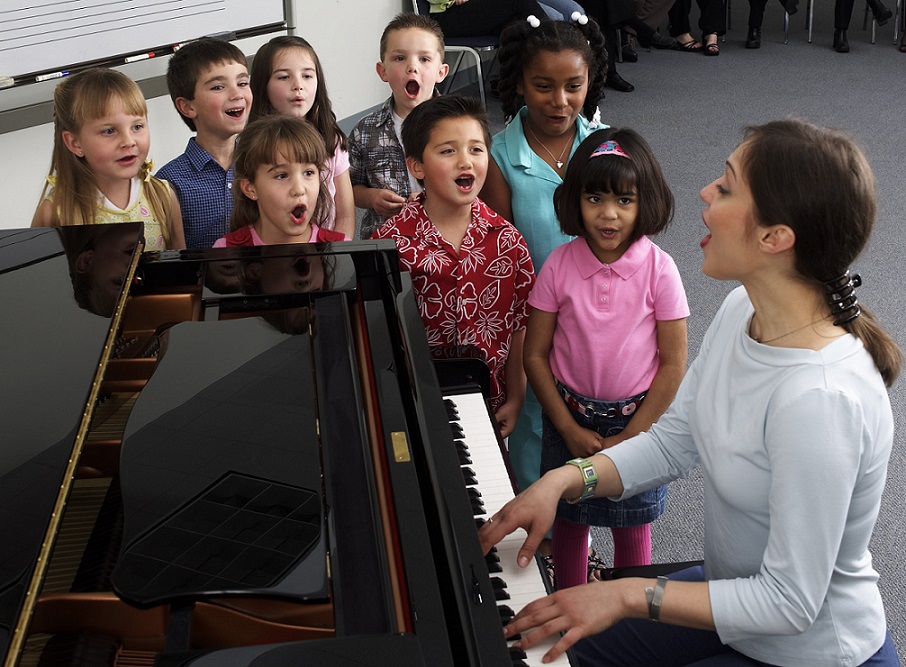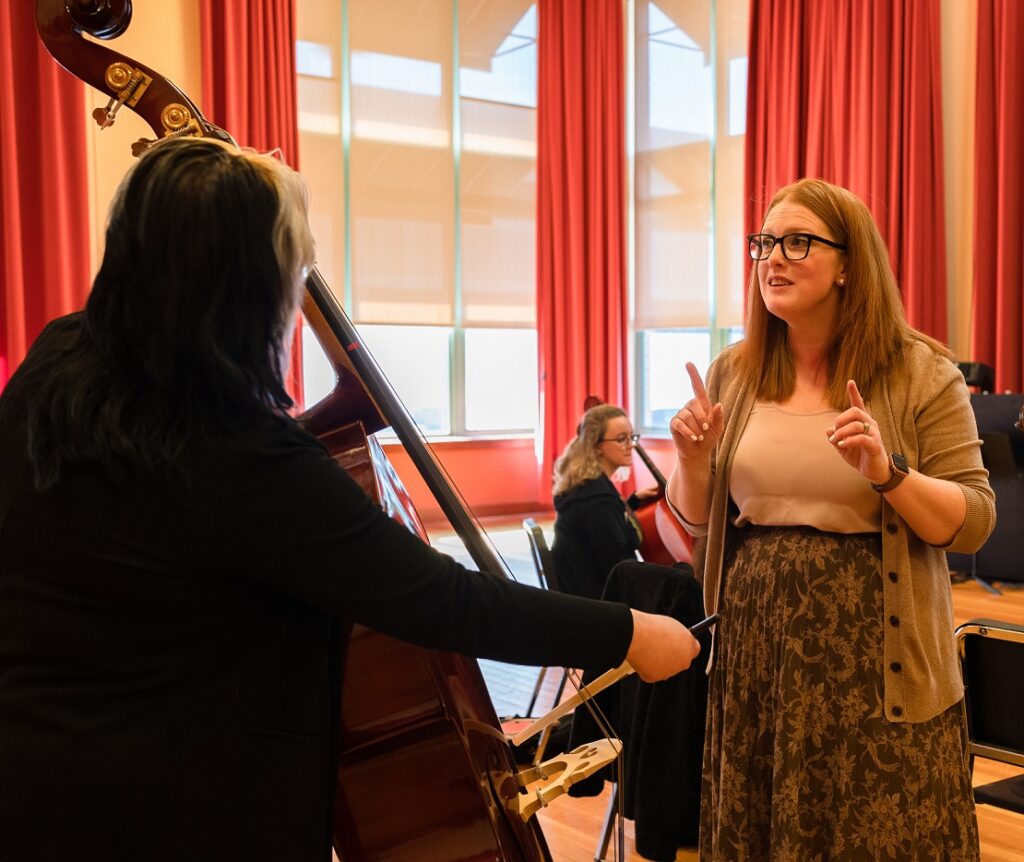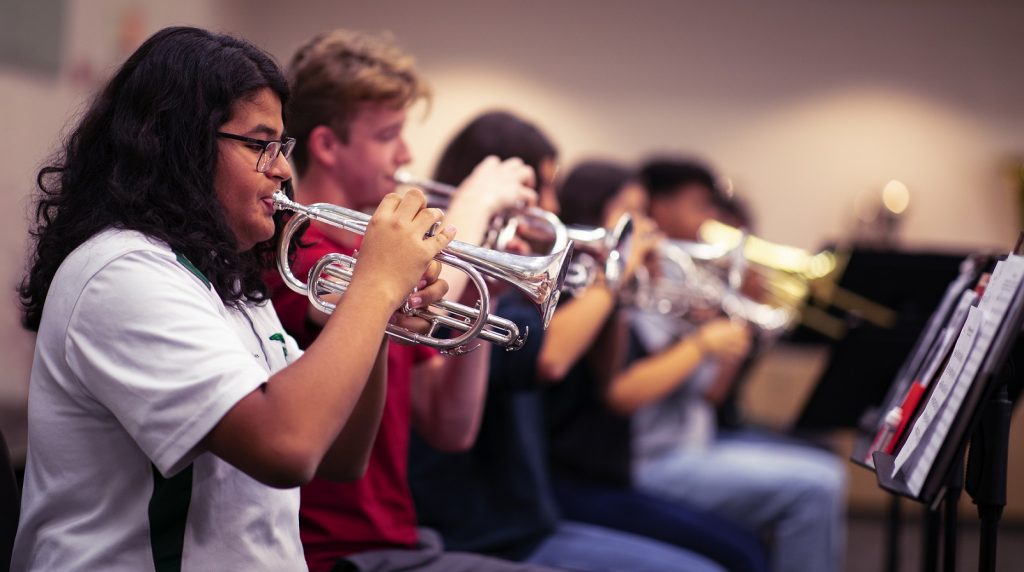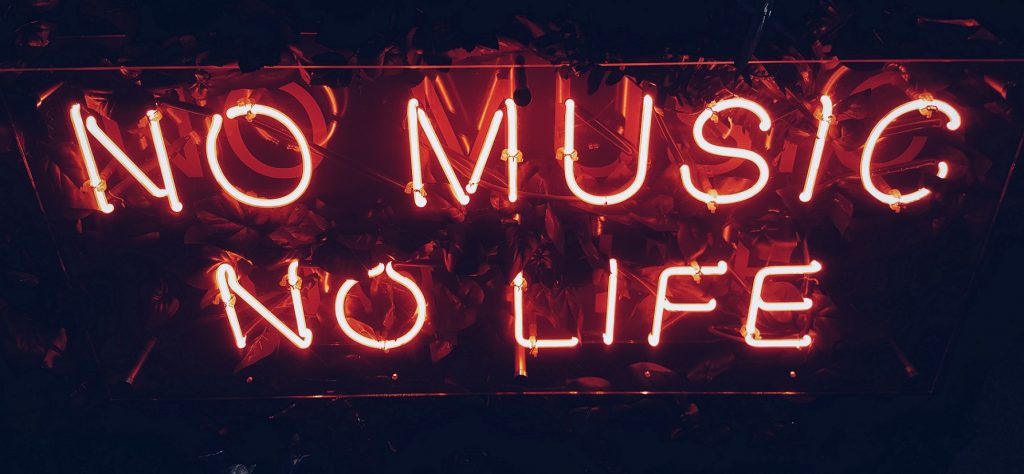Tagged Under:
Consider Context: Make the Invisible Visible
You must always consider the context of where students are coming from. Try these strategies to help students who may be dealing with difficult situations.
In her memoir “Becoming,” Michelle Obama writes, “Even if we didn’t know the context, we were instructed to remember that context existed. Everyone on earth, they’d tell us, was carrying around an unseen history, and that alone deserved some tolerance.”
This idea of context spoke to me because of my background having grown up with an “invisible illness.” I can say from personal experience that we never really know what’s going on in a person’s mind or body or day — the context of their lives.
Many people look at me and assume that I’m a normal healthy adult, but sometimes I may be suffering physical pain or dizziness that you can’t see. Similarly, a student in your class may have just received some news about a family member, had a disagreement with their best friend or failed a test in the class before yours. When students arrive in your class for orchestra, band, choir or music, you don’t truly know the context of where that student is coming from in that particular moment.
When we enter a rehearsal, we need to find ways to become one entity. This can be very difficult when everyone has a different context for why they are there, what they want to get out of the rehearsal, or even what they can physically or mentally get out of the rehearsal. If you have students who need some extra TLC on any given day, consider the following four concepts.
1. Make Music
 One of the most obvious ways to reach students is through the act of making music. Often, we get stuck in the nuts and bolts of rehearsals or stress of prepping for a concert, but it’s essential to take a step back and make sure to spend time each day when students (and you) revel in the joy of music.
One of the most obvious ways to reach students is through the act of making music. Often, we get stuck in the nuts and bolts of rehearsals or stress of prepping for a concert, but it’s essential to take a step back and make sure to spend time each day when students (and you) revel in the joy of music.
Consider playing recordings as they enter class to help get them centered, or letting them play Richard Meyer’s “Dragonhunter” straight through just for fun as a warmup. Sometimes, a simple reminder of the beauty of what you are doing and sharing your passion for creating music can rub off on your students. For many, this is the only class where they can relax. Music can have a dual purpose — to engage students and to distract them from the stresses of the day.
2. Change It Up
Sometimes a student, the whole class or even you just need a distraction. It could be as simple as turning on the latest YouTube or TikTok video to break things up and provide some comic and/or musical relief. Or, do something unexpected like shuffling seat assignments so students aren’t next to the same partner or instrument. Another option: Take a quick trip to the front office to give an impromptu concert.
Try ending rehearsal by playing “hide the bow” (or drumstick), which is essentially a game of “hot and cold” where you hide a student’s bow and the others use forte and piano dynamics to help the student find it. I’ve even taken a class of stressed-out high schoolers outside to play red rover just to remind them that it’s OK for kids to be kids. Of course, we are in class to make music, but we are also in class to create experiences, bond and share joy with one another.
3. Take a Break
Every now and then, we all need a moment. Sometimes it may be obvious — a student is crying or asks to leave the room. However, there are other situations where it might not be clear. For example, students might be acting out or misbehaving because there is something else going on. Give them a water break, offer an ear or use school counselors as resources to help them if needed.
Alternately, instead of a break, distract students with an activity. Engage them in the lesson in a special way or give them a chance to lead the warmup. Do something to allow them to shine and let the weight of their worries disappear for a little while.
 4. Always Have Chocolate
4. Always Have Chocolate
Chocolate contains serotonin, which helps control mood and generally makes people happy. If a middle schooler is having meltdown (which tends to happen from time to time), I always offer a small piece of chocolate (or an allergy-friendly food item). It’s a nice gesture to show I care, and it always makes them smile — even if just for a second. Whether they take the candy or not, I found that over time, students started confiding in me more, which helped make the invisible visible.
The Big Picture
 Music educators often need to take a breath and consider the context of a situation. It’s easy during concert season to get caught up in the nitty gritty of the technical aspects of the music or the details of an upcoming performance. As a young teacher, I used to get frustrated at students who forgot their bow tie for our state assessment. But I learned to remind myself that 1) we are all human, 2) there may be important context as to why that student did not have their bow tie, 3) it’s not the end of the world and 4) always pack extra bow ties. These apply during concert season but it’s important to have similar reminders for daily rehearsals.
Music educators often need to take a breath and consider the context of a situation. It’s easy during concert season to get caught up in the nitty gritty of the technical aspects of the music or the details of an upcoming performance. As a young teacher, I used to get frustrated at students who forgot their bow tie for our state assessment. But I learned to remind myself that 1) we are all human, 2) there may be important context as to why that student did not have their bow tie, 3) it’s not the end of the world and 4) always pack extra bow ties. These apply during concert season but it’s important to have similar reminders for daily rehearsals.
As music teachers, we are lucky to have the privilege of working with students for several years in a row. We encourage them through their elementary years, help protect them in the middle years, and watch them develop from young kids to young adults during high school. Yes, our primary goal is to make music, but we are here for so much more, which is achieved in part by remembering that there is context to every interaction. You may never know the exact context of what’s going on in a student’s life but knowing that it’s there is a huge step forward in connecting with each young musician.
















